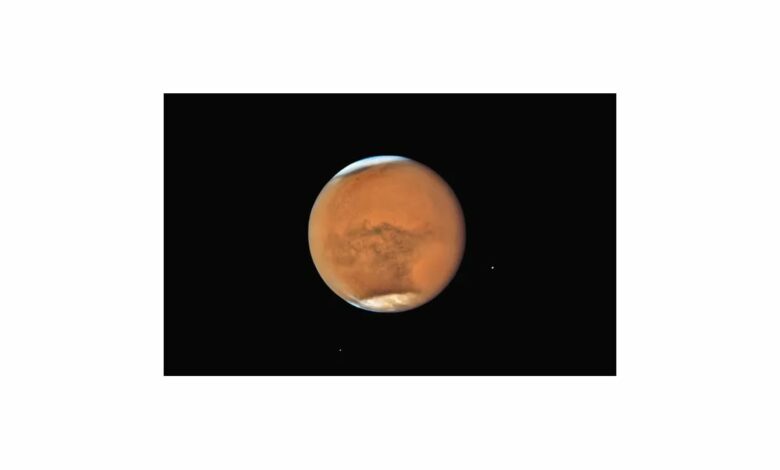Warm Martian days could be a sign of future dust storms, scientists say.

New research has shown a strong link between warm, sunny days on Mars and the occurrence of dust storms, with nearly 78 percent of storms preceded by increased solar heating, according to a study presented at the annual meeting of the American Geophysical Union in Washington. DC The study, led by Heshani Pieris and Paul Hayne of the University of Colorado, Boulder, analyzed data from NASA’s Mars Reconnaissance Orbiter and revealed patterns that could help predict these atmospheric phenomena.
Insights into dust storm patterns
The researchers examined data spanning eight Martian years – about 15 Earth years – collected by the Mars Climate Sounder instrument. Observations focused on two types of dust storms, categorized as “A” and “C” storms, which originate primarily in the planet’s northern hemisphere and move through Acidalia Planitia and Utopia Planitia. The study found a direct correlation between long-term surface heating and the formation of these storms.
In a statement, Pieris highlighted the significant impact dust storms have on missions to Mars, noting their tendency to coat solar panels with fine particles, which can disrupt operations. This was illustrated by NASA’s Opportunity rover, which was disabled during a global dust storm.
Potential for predicting dust storms
Pieris and Hayne’s research suggests the possibility of predicting dust storms on Mars based on surface heating patterns. An algorithm developed during the study demonstrated a 64% confidence level in predicting “A” and “C” storms, providing a potential tool for managing risk for future crewed missions.
While the study marks progress, Hayne reports that fundamental questions about dust storm formation remain unanswered, including the factors that allow local storms to become global events. Data from NASA’s deactivated Mars Global Surveyor supports the findings, showing that imbalances in solar energy absorption during warmer periods can fuel storm activity.




